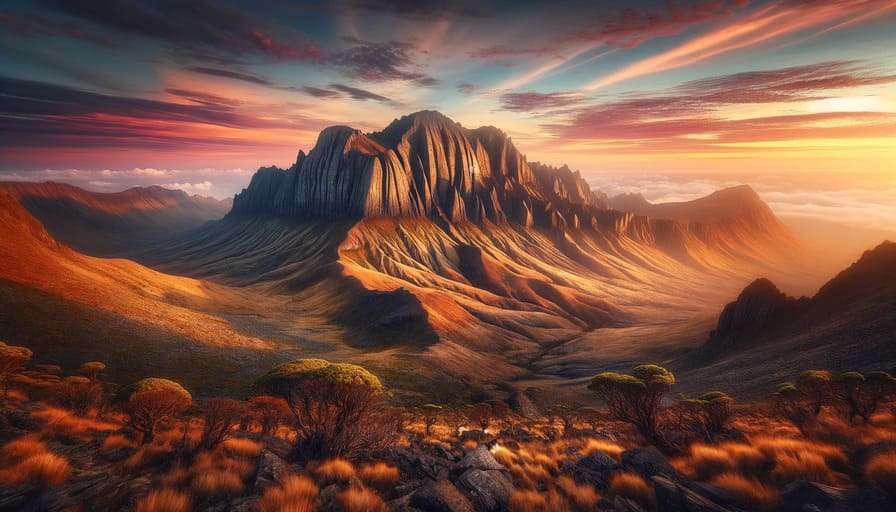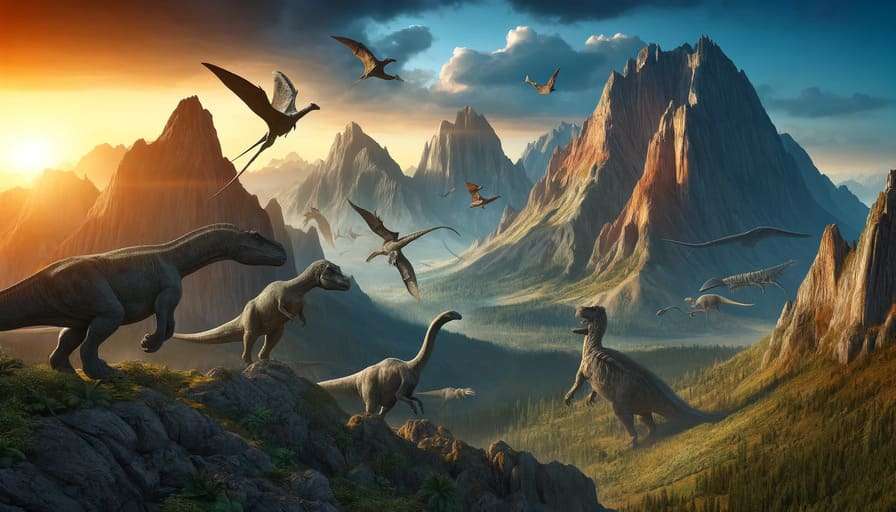It’s quite surprising: What are those white spots on Google Maps, despite our advanced technology? Ironically, it was these Google satellite maps that uncovered a Mount Lico in Africa, previously unknown to scientists until 2018
A year later, an expedition went to explore it. The findings were remarkable, and many mysteries from the mountain top are still unsolved. But let’s start from the beginning and discuss everything step by step.

Julian Bayliss from Oxford Brookes University discovered this mountain in 2012. He had been studying African forests for a long time and often checked satellite images of areas he was interested in. That’s how he found Mount lico and noticed the forest on its top.
lico is like an island mountain in the middle of a plain. Usually, these kinds of mountains are made of volcanic rocks like granite and basalt, pushed up to the surface by different geological processes. Because these rocks are stronger than sedimentary rocks, they erode more slowly. So while sedimentary rocks around them wear away, the island mountain remains standing in the middle of the plain.

Mount lico is a tall mountain, standing over one thousand one hundred meters above sea level. Its peak is almost vertical, reaching about seven hundred meters high. This steepness made it hard to climb without the right gear and skills, so local people never went up there. As a result, the top of the mountain remained unexplored for many years.
In 2018, Julian Bayliss organized a big trip with scientists, climbers, and local folks to climb Mount lico. They made it to the top, becoming the first scientists to study what was up there. What they found was surprising.
Instead of just small plants, they discovered a whole forest with big trees! Even more surprising was how deep the soil was, suggesting that this forest had been there for a very long time.
The area at the top of Mount lico is about thirty hectares, and it’s home to a unique and puzzling ecosystem that challenges what we thought we knew.

Who would live at the top of the mountain first? Bugs and other small creatures, and maybe some birds could come later or fly up there. But here’s the strange thing: there aren’t many birds in the forest on top of the mountain. A tropical forest without birds doesn’t make sense. During the expedition, the researchers hardly saw any birds and only heard them a few times.
But there’s a stream in the forest with fish and catfish! Having a stream on top of a big block of rock like basalt is already unusual. But having fish in it? It’s possible they were brought there by herons or ducks. Maybe their eggs got stuck to their feet while they were walking in another body of water.
Scientists found lots of butterflies and spiders living on the mountain and around it, along with about two dozen types of frogs and three dozen types of reptiles. There were also a few mammals, mostly small rodents, including a big rat the size of a small cat.
All the specimens we collected are now being carefully studied and described. There’s a good chance that science will discover new species from what we found. But that’s not all!

At first, scientists thought they were just round rocks. But after taking a closer look, we realized they were actually pieces of ancient pots. This means that people were definitely at the top of the mountain! When we asked local tribes about it, we didn’t get clear answers. Some mentioned legends about dwarfs living up there, while others talked about Germans who climbed the mountain during the German colonization of the area before World War I.
The idea about the Germans seems plausible, but why would they bring ancient pots to the top? And if dwarfs did live there, what did they eat? To sustain a population without inbreeding, there would need to be a decent number of people, which would quickly deplete the forest’s resources.
Overall, there are still more questions than answers. We’ll have to wait and see if we can solve some of these mysteries in the future, but for now, we’ll just have to be patient.

